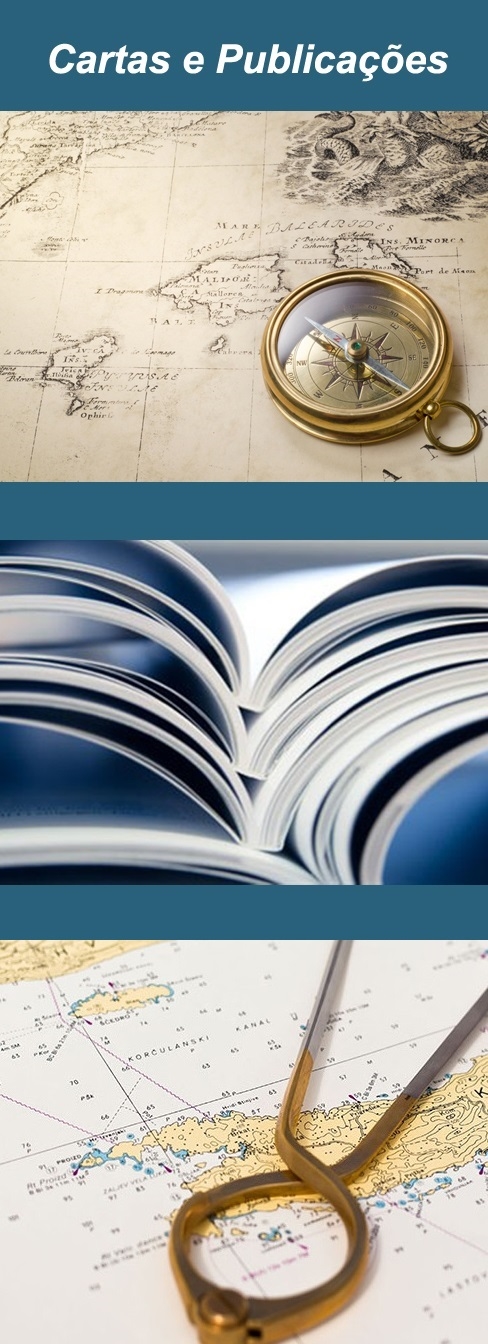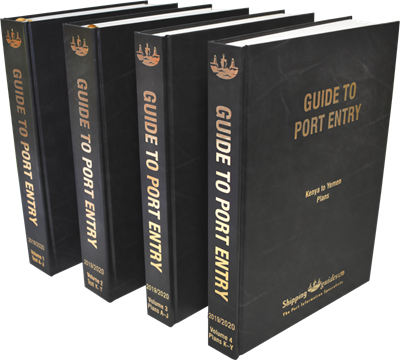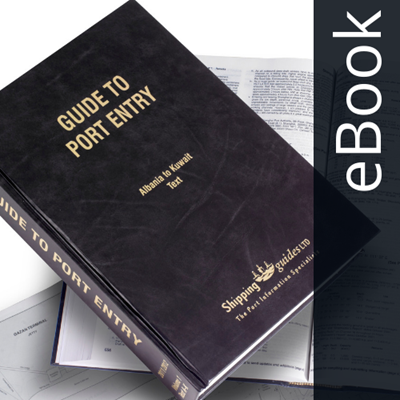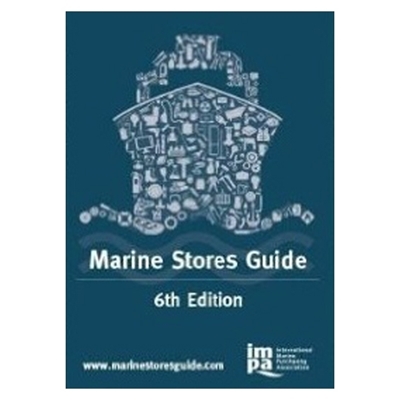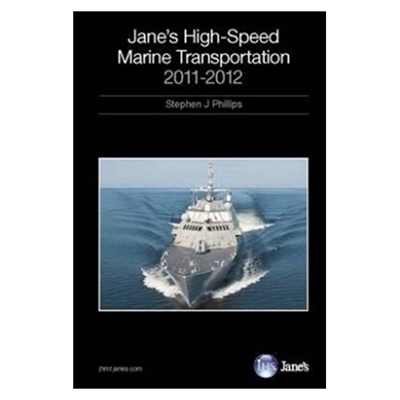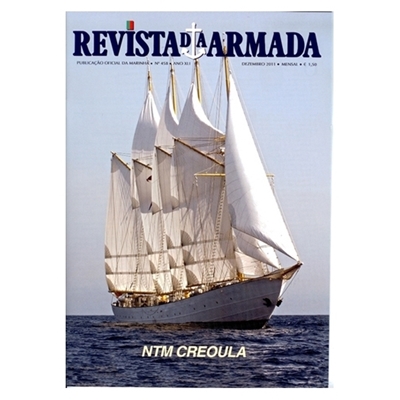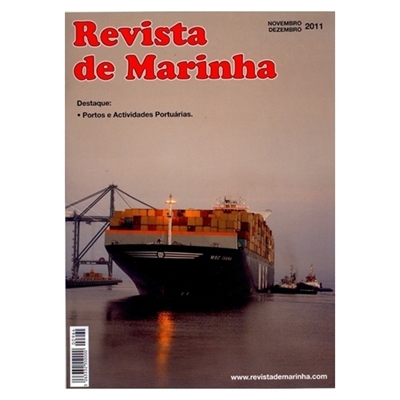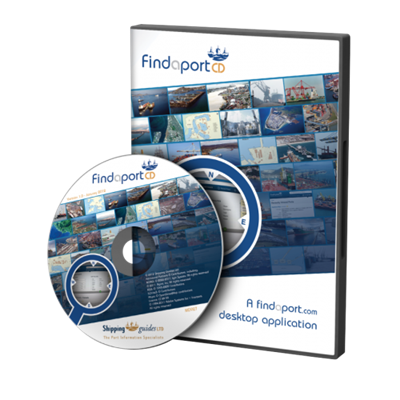Close
- Cartas y Publicaciones
-
Industria Naval

-
Náutica

-
Industria Terrestre

-
Equipos p/ puertos
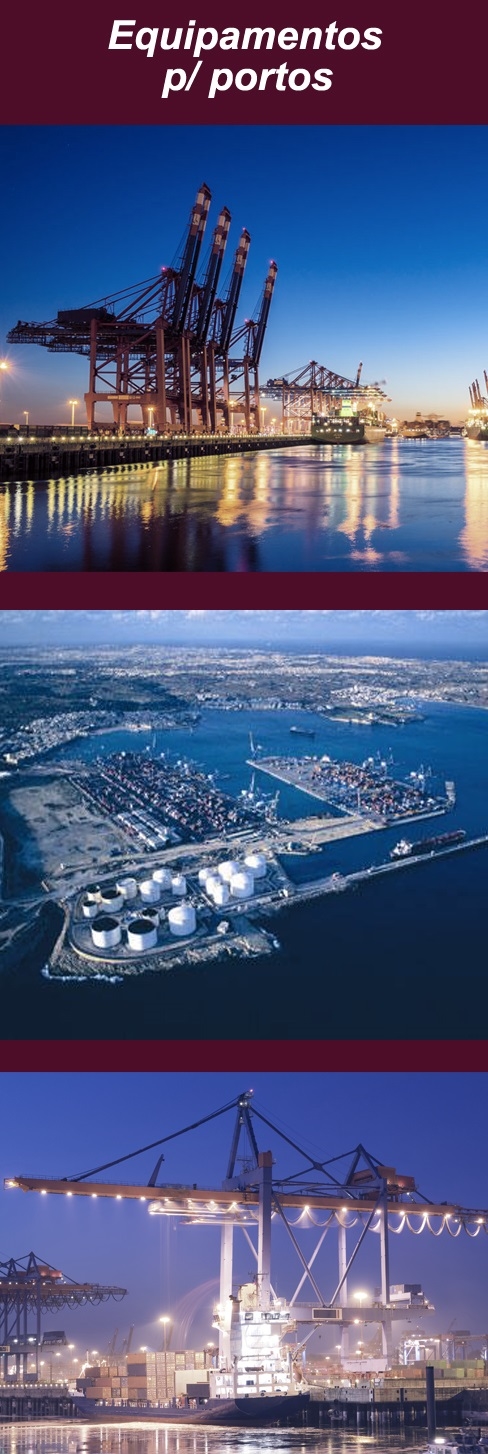
- Proteção Covid-19
- Sobre Nós
- Novidades
- Marcas
- Contactos
- Serviços
- Articles
Menu
(0)
items
You have no items in your shopping cart.
Catálogo
Menu
Carrinho de Compras
Filters
Personal menu
Preferencias
Procurar
- Home /
- Cartas y Publicaciones /
- Publicações /
- Directories and yearbooks /
- Drug Trafficking and Drug Abuse On Board Ship. Guidelines for Owners and Masters on Preparation, Prevention and Response Sixth Edition - 2021
Produtos Relacionados
-
Guide to Port Entry 2019-2020
Solicitar Preço -
Guide to Port Entry 2019-2020 eBook
Solicitar Preço -
IMPA Marine Stores Guide
Solicitar Preço -
IMPA Marine Stores Guide - 6th edition
Solicitar Preço -
Jane's Fighting Ship
Solicitar Preço -
Jane's High-Speed Marine Transportation
Solicitar Preço -
Jane's Merchant Ships
Solicitar Preço -
Revista da Armada
Solicitar Preço -
Revista de Marinha
Solicitar Preço -
Findaport CD
Solicitar Preço
Apoio ao Cliente
Área Reservada
Contactos
- Praceta Augusto Dias Silva, 94 2B 2785-521 Sao Domingos de Rana
- info@jgarraio.pt
- Tel.: +351 213 473 081

Copyright © 2024 JGARRAIO. Todos os direitos reservados.
As fotos apresentadas podem não corresponder as configurações descritas.
Preços e especificações sujeitos a alteração sem aviso prévio.
A J. Garraio declina qualquer responsabilidade por eventuais erros publicados no site.
As fotos apresentadas podem não corresponder as configurações descritas.
Preços e especificações sujeitos a alteração sem aviso prévio.
A J. Garraio declina qualquer responsabilidade por eventuais erros publicados no site.
Todos os preços incluem IVA. Exclui o valor dos portes de envio.
Powered by nopCommerce
Desenvolvido pela Agência PRIMEWAY - Plataformas Digitais • Design • Marketing Digital
